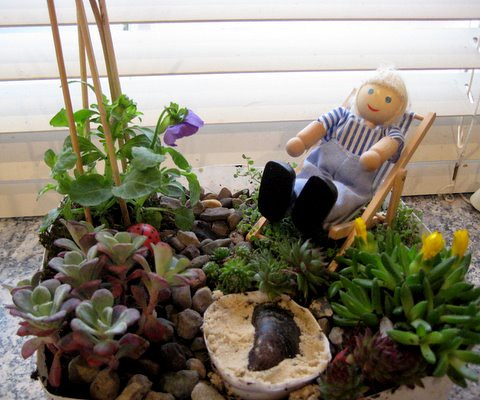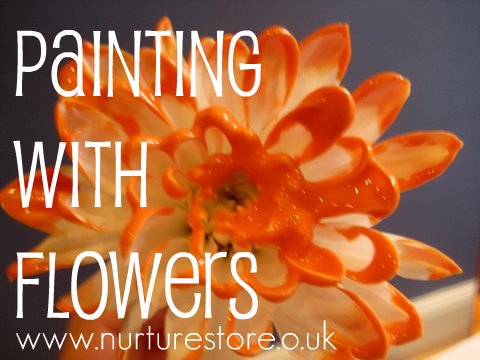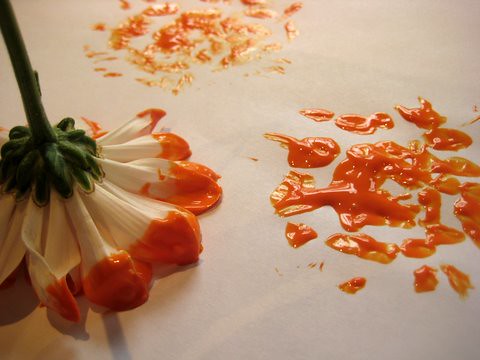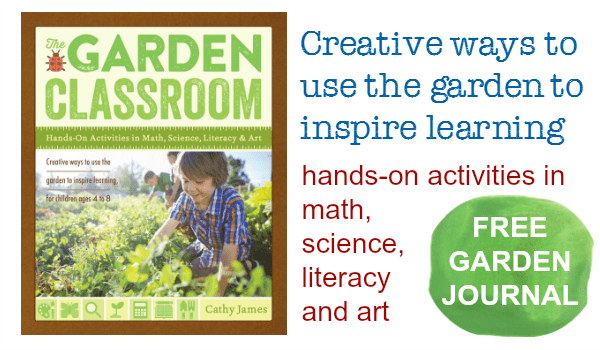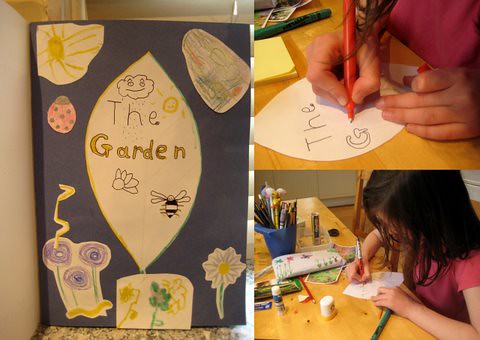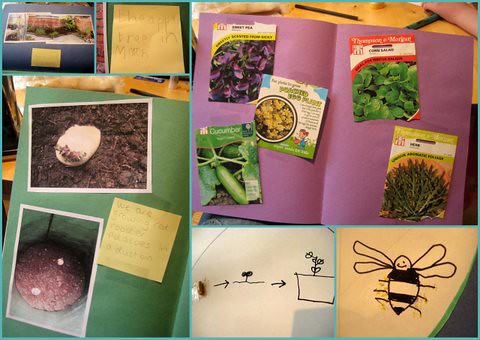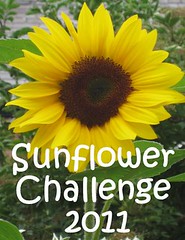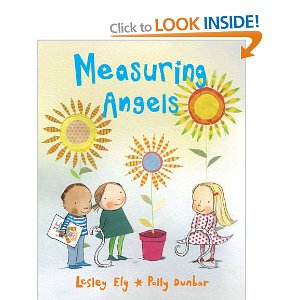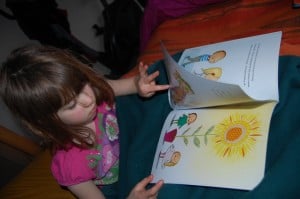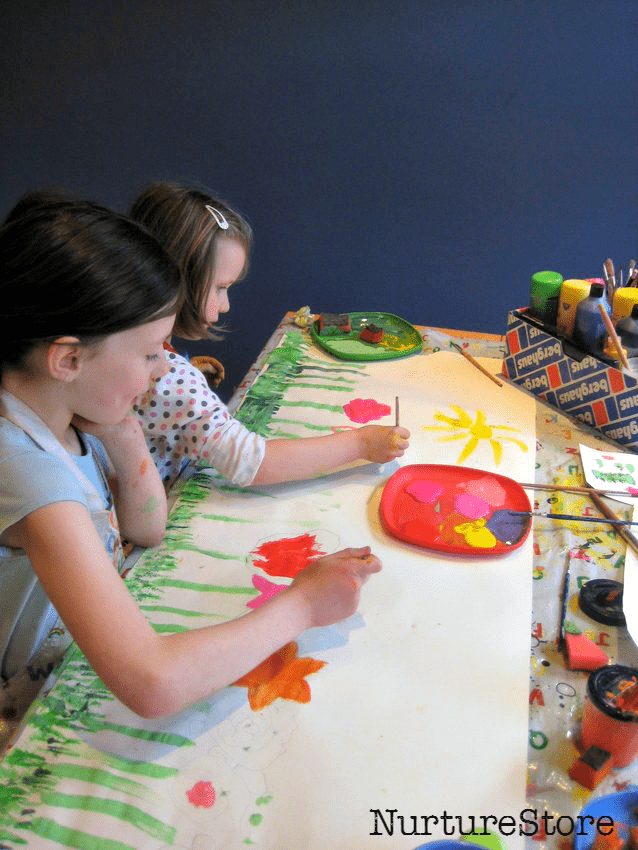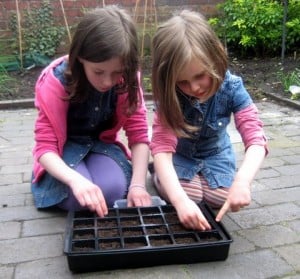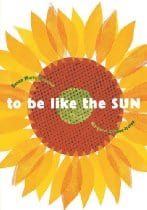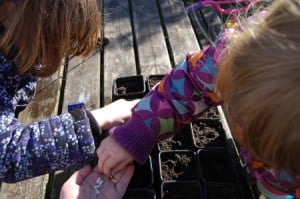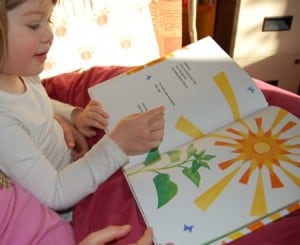A miniature garden makes a wonderful child-sized space for some small world play. We’ve made dinosaur lands and fairy gardens before but here’s B’s version of what a back garden should look like.
Small world play gives children the opportunity to be masters of their mini universe. They can role-play situations they’re working on in real life, testing out different ways to handle things. They also get the chance to stretch their imaginations and be creative in their little world, exploring possibilities that just aren’t possible in the real world. It’s always interesting to sit and observe children engaged in small world play, to listen to the language they’re using and get an insight into what’s occupying them at this stage in their life.
Make a miniature garden of your own
Here are our miniature garden ideas
1. Choose a container. We used an ice cream tub for this little garden and have found under-bed storage boxes to be a good size for slightly bigger play worlds.
2. Prepare the ground. If you’re going to grow real plants (which is highly recommended by us as the children get to see their garden develop) you’ll want to make some drainage holes in the bottom of your container – so it’s not going to turn into a swap. (That’s a landscape idea to try another time!) Then fill your container with soil. You can still play with your miniature garden inside, just sit it on a tray to catch any drips.
3. Add some landscaping. Use lollipop sticks and twigs to build fencing and make wigwams for your plants to grow up. Gravel and shells can be used for paths. Lids from food jars, tin foil or small mirrors can create a pond.
4. Get planting. Select plants which will stand up to some play and which will retain a miniature size. We like using grasses, which are fun to give a haircut, and easy maintenance plants such as houseleeks (semper vivum). B wanted something pretty too so she added a tiny viola.
5. Add some embellishments. You can borrow items from your dolls’ house to make a seating area, or make some chairs and a table using corks and pebbles. Use some twigs or wooden kitchen skewers and string to make a washing line or some bunting. When I was a child we used to use seeds placed in rows to make a vegetable garden. Let the children use their imagination and see what they can create.
If you make a miniature garden of our own will you share a photo with us on our Facebook page? We’d love to see what you create.
Want more happy handmade crafts?
Our Happy Handmade resource is bursting with colourful and imaginative crafts and DIY toys that are designed to add even more colour and creativity to your home. With easy-to-follow tutorials and free patterns and printables, you can read, make, and start playing today! See more of Happy Handmade here.


